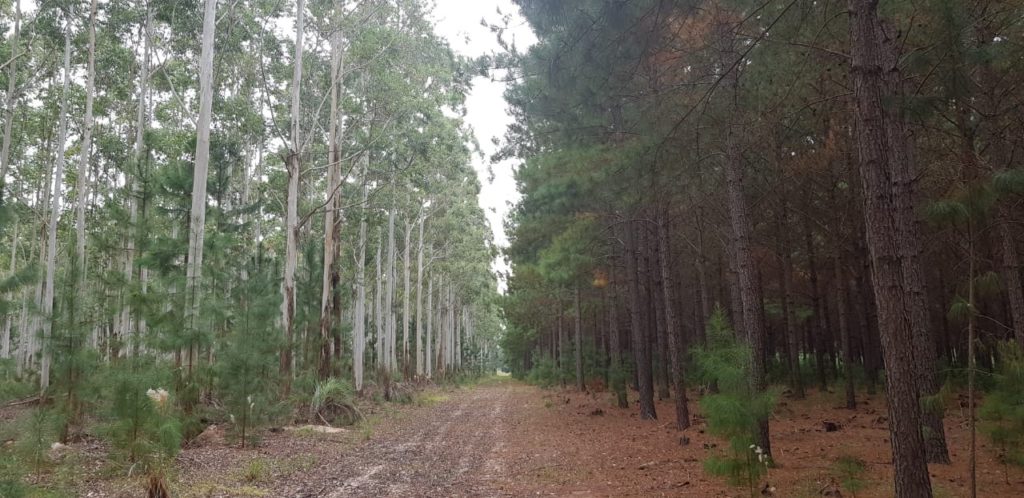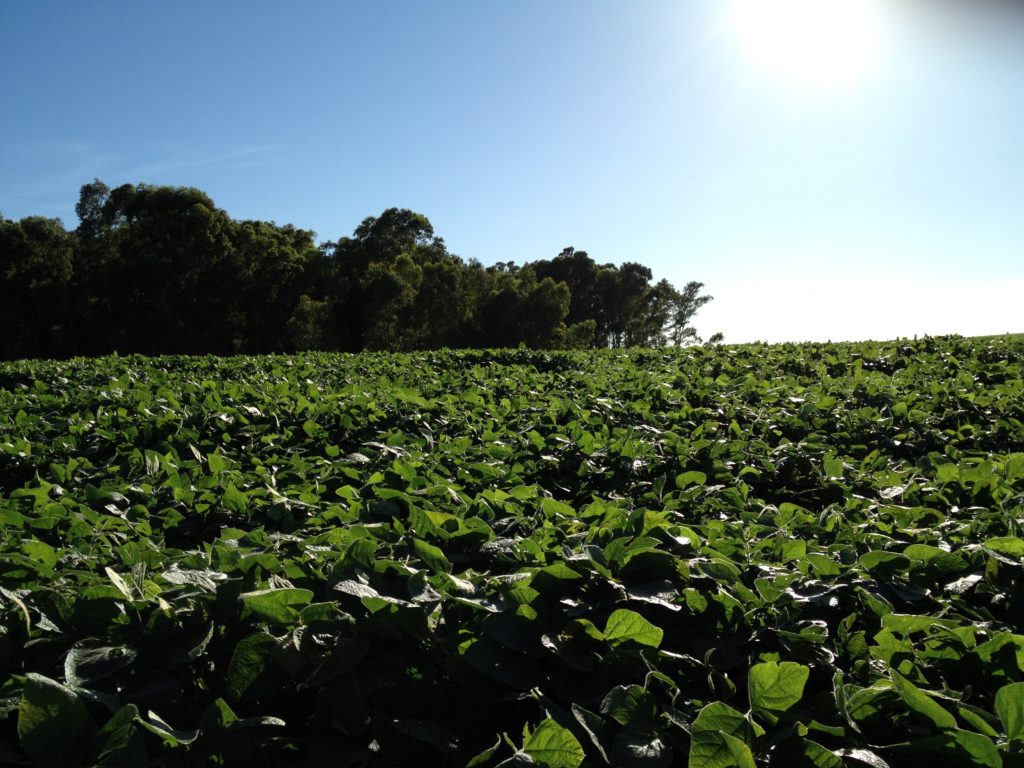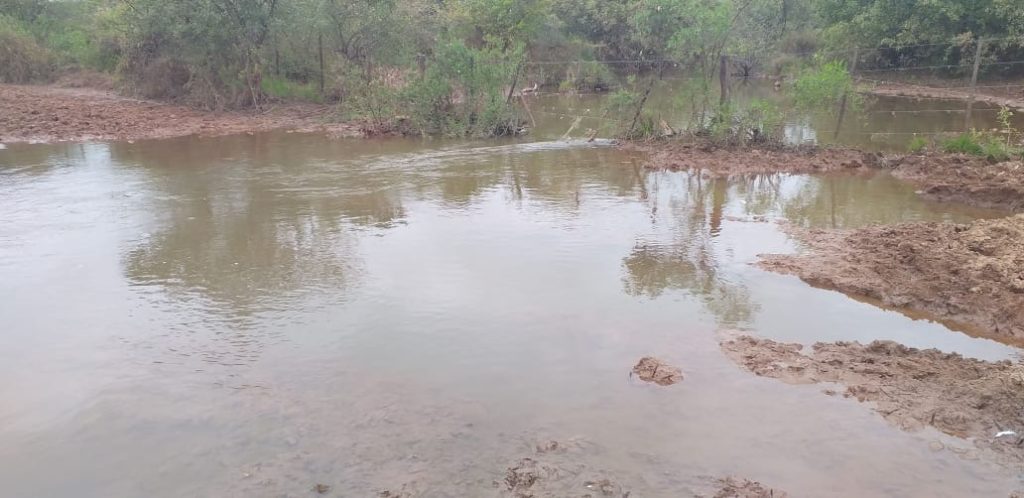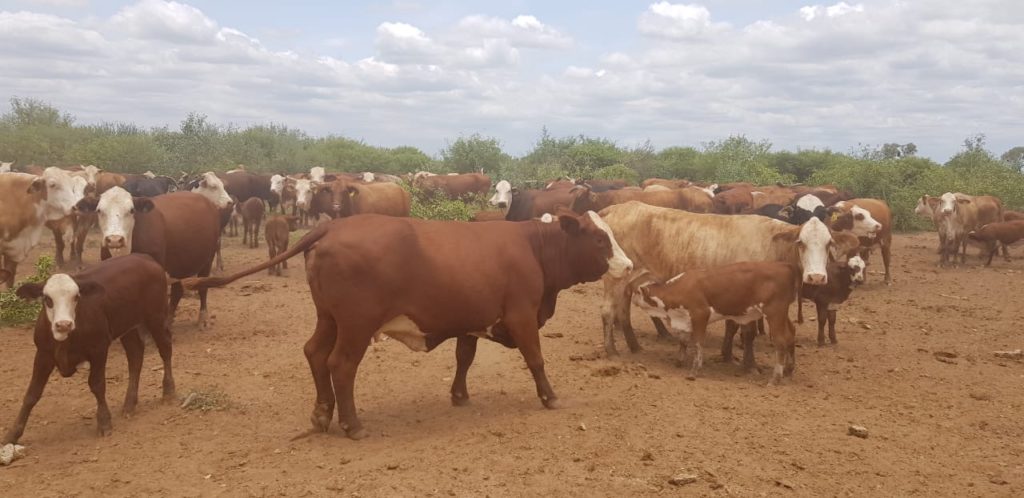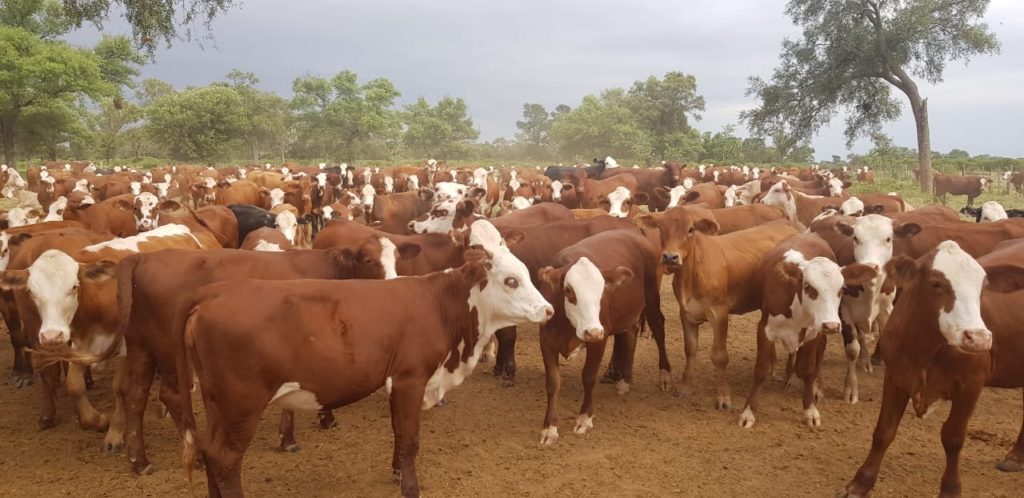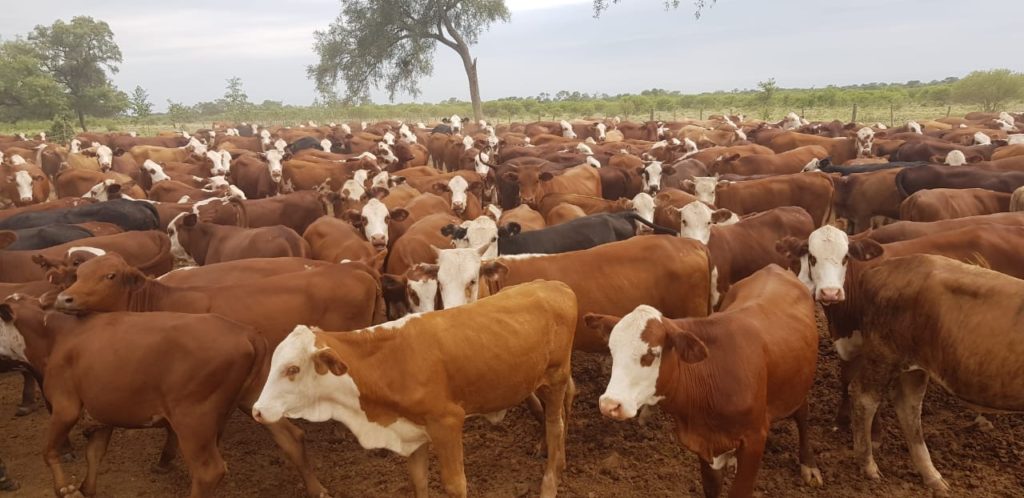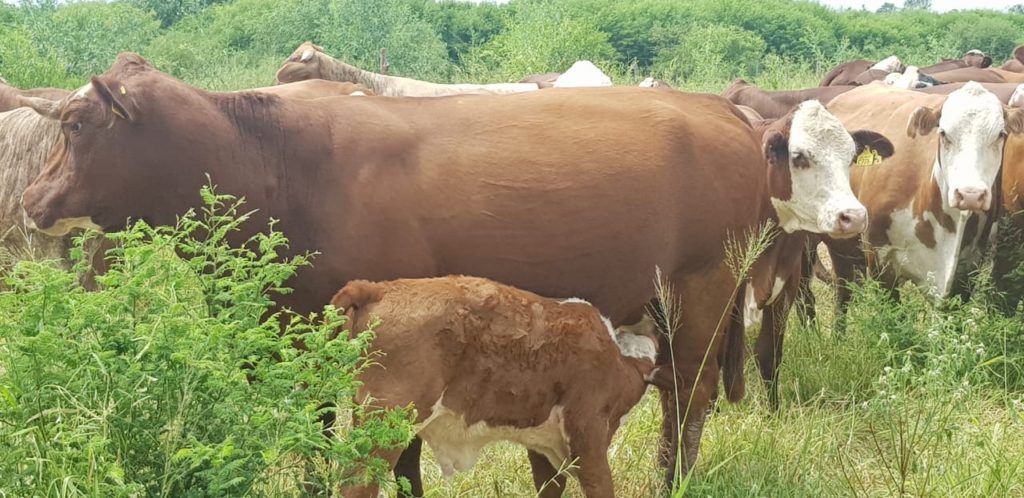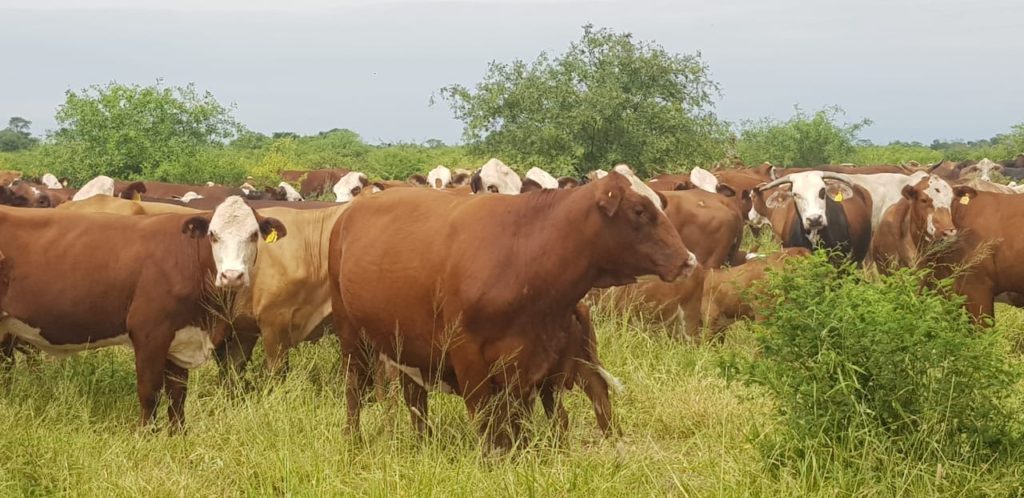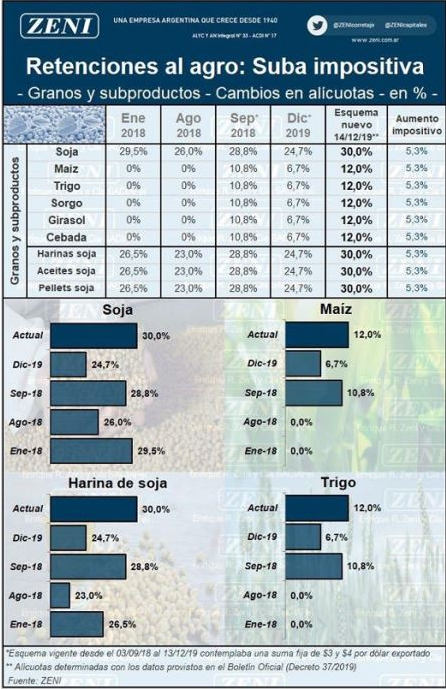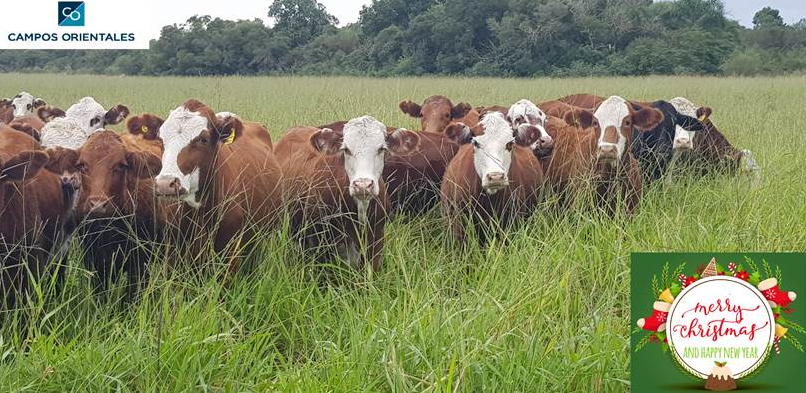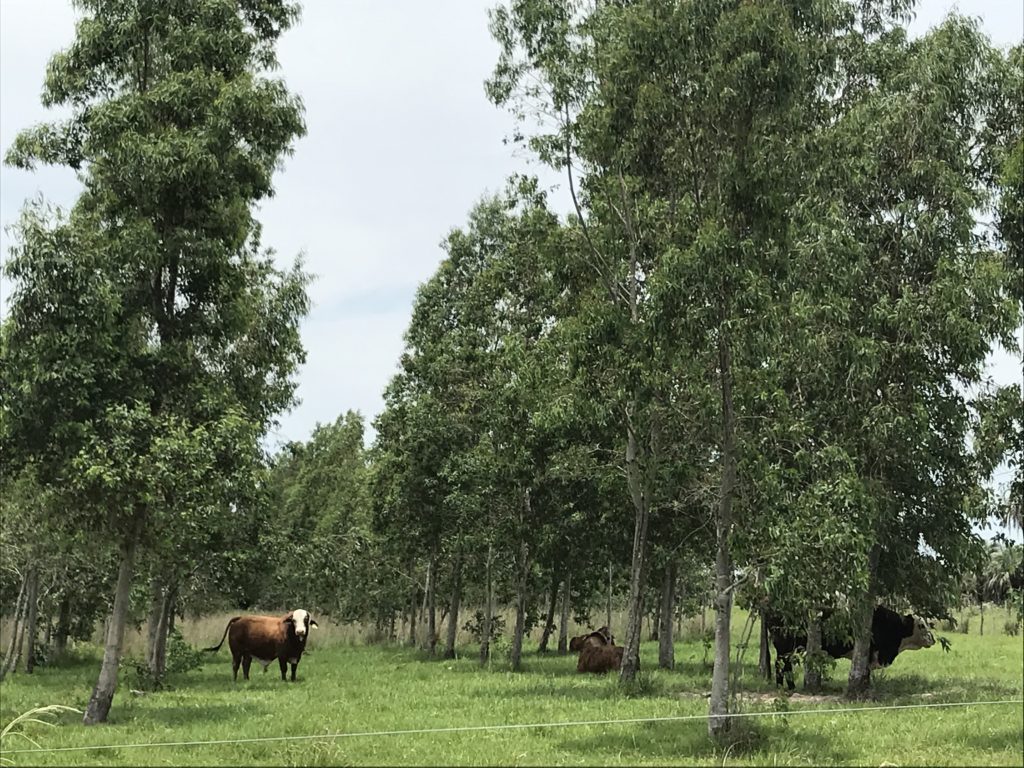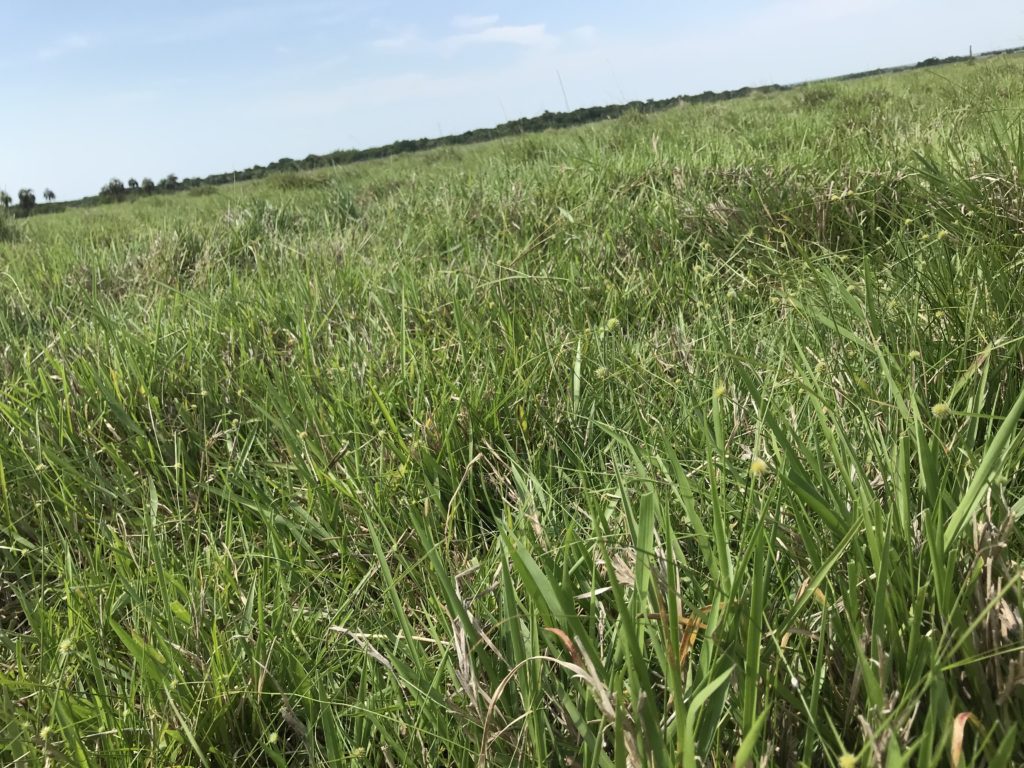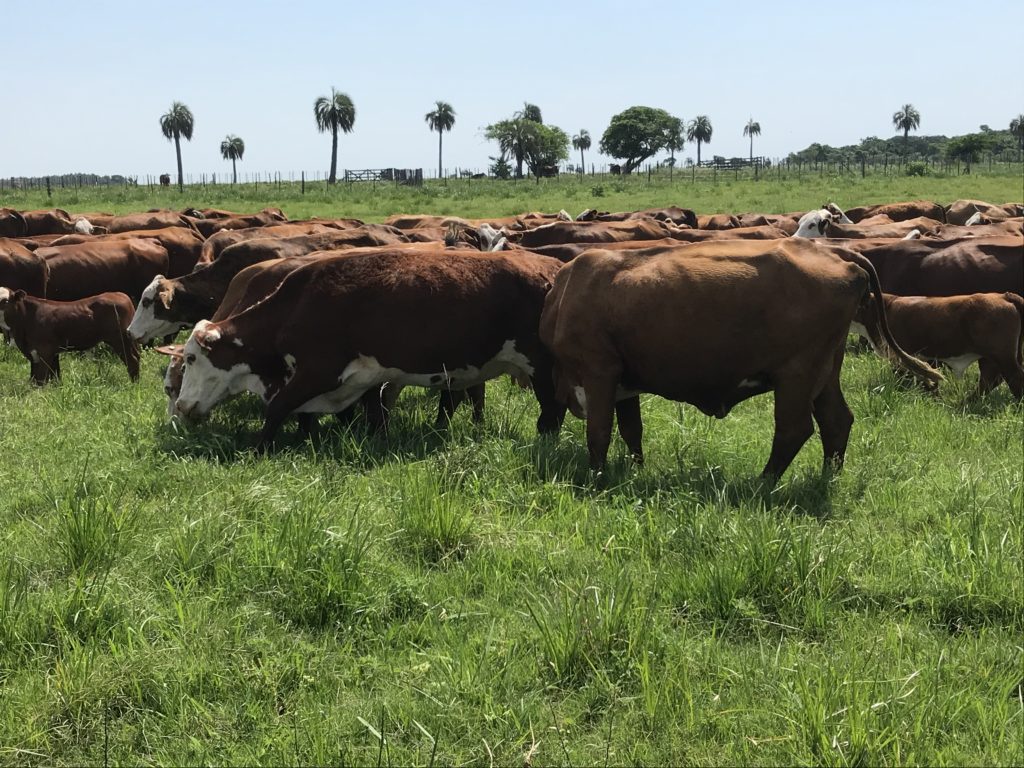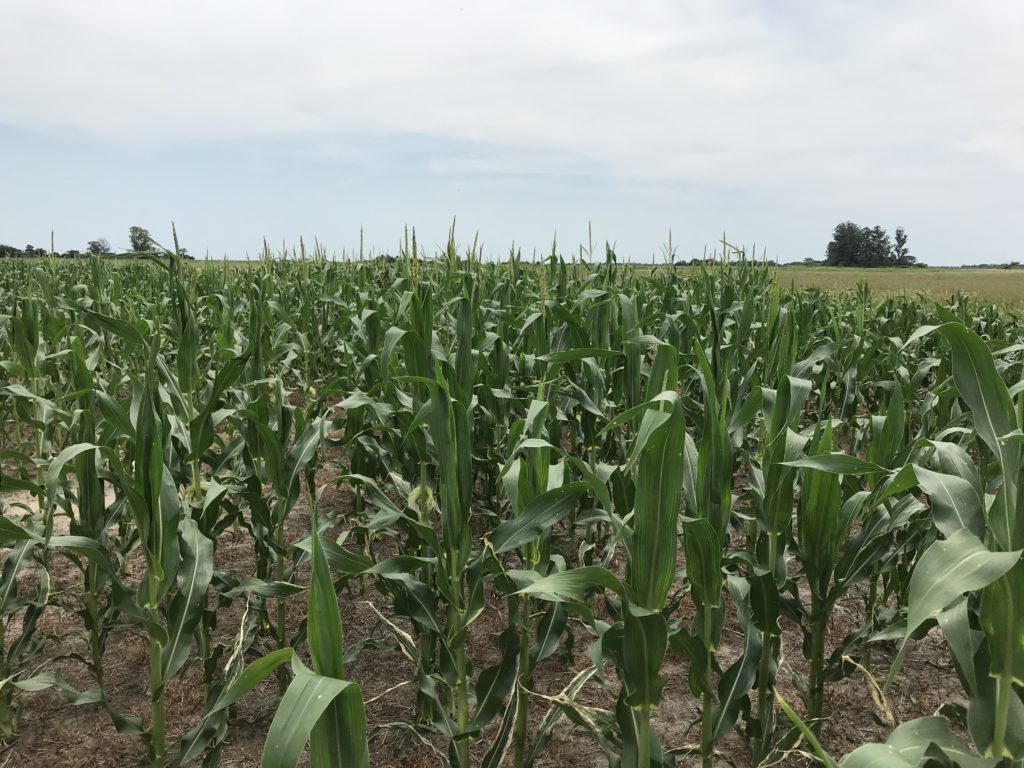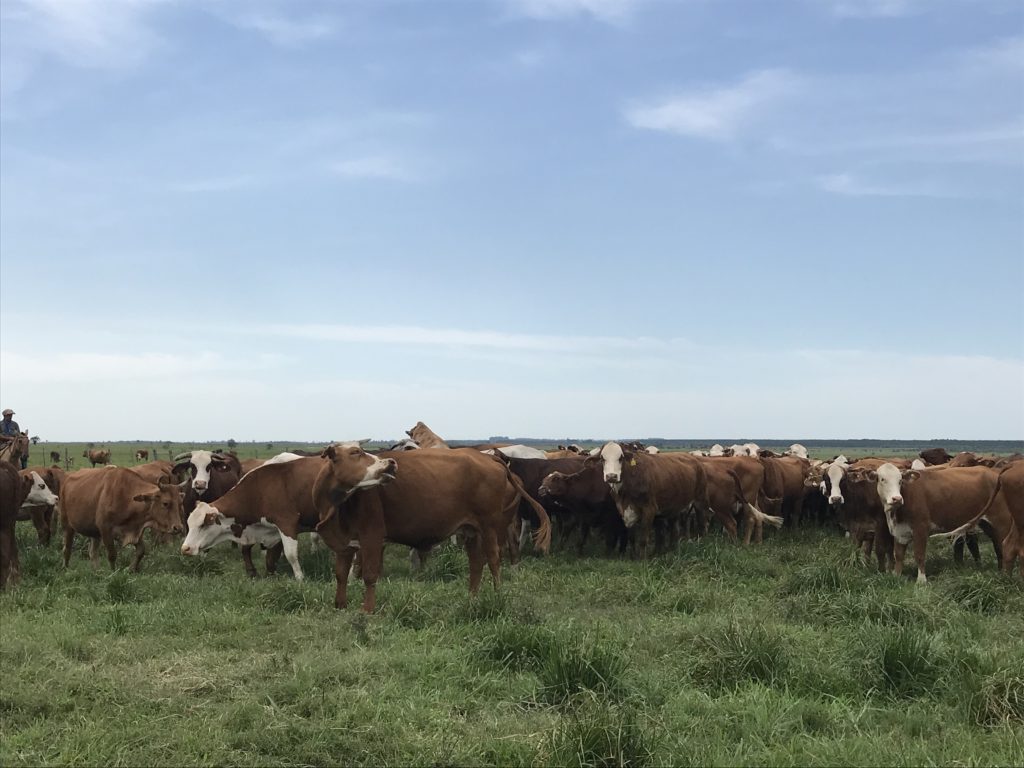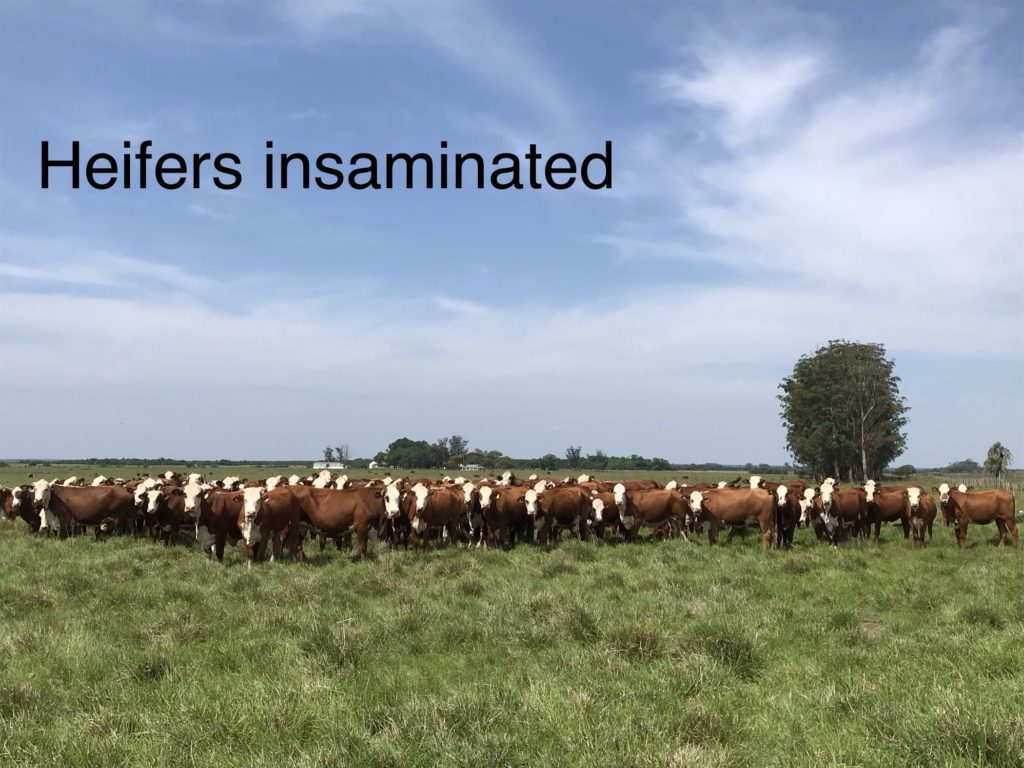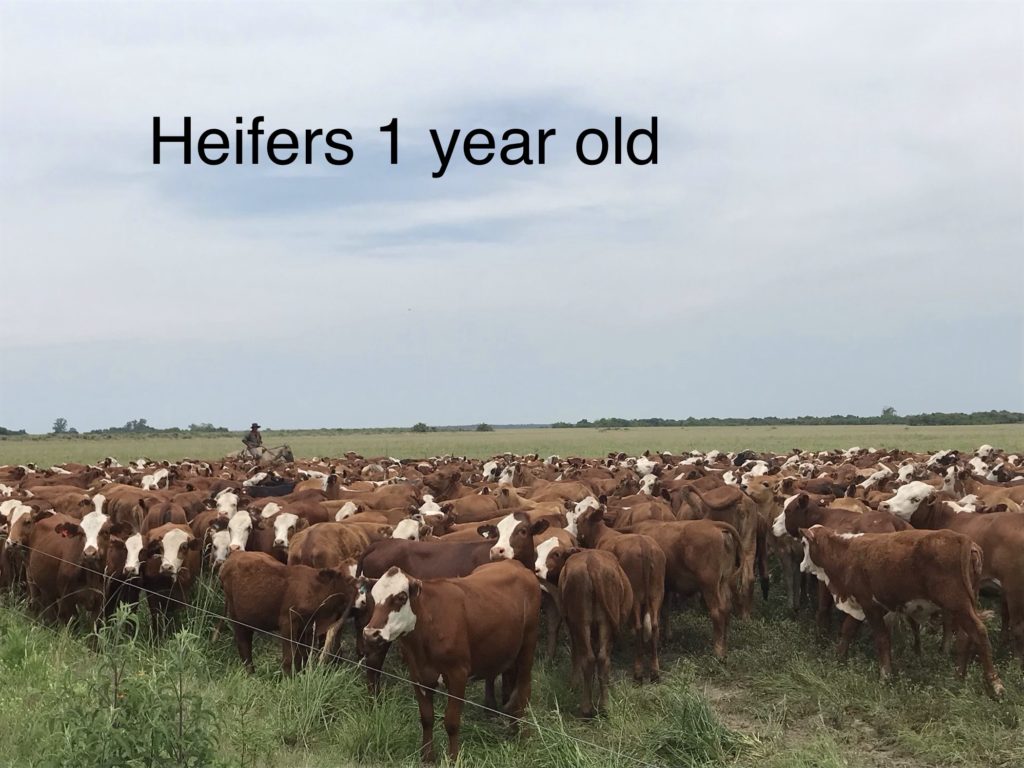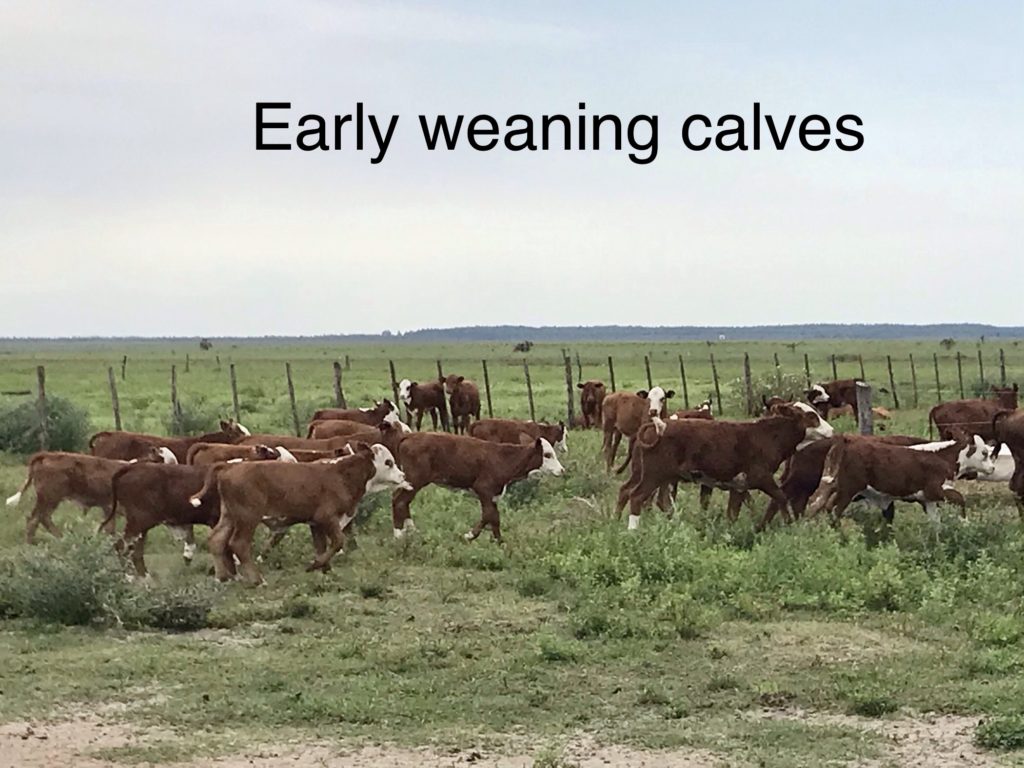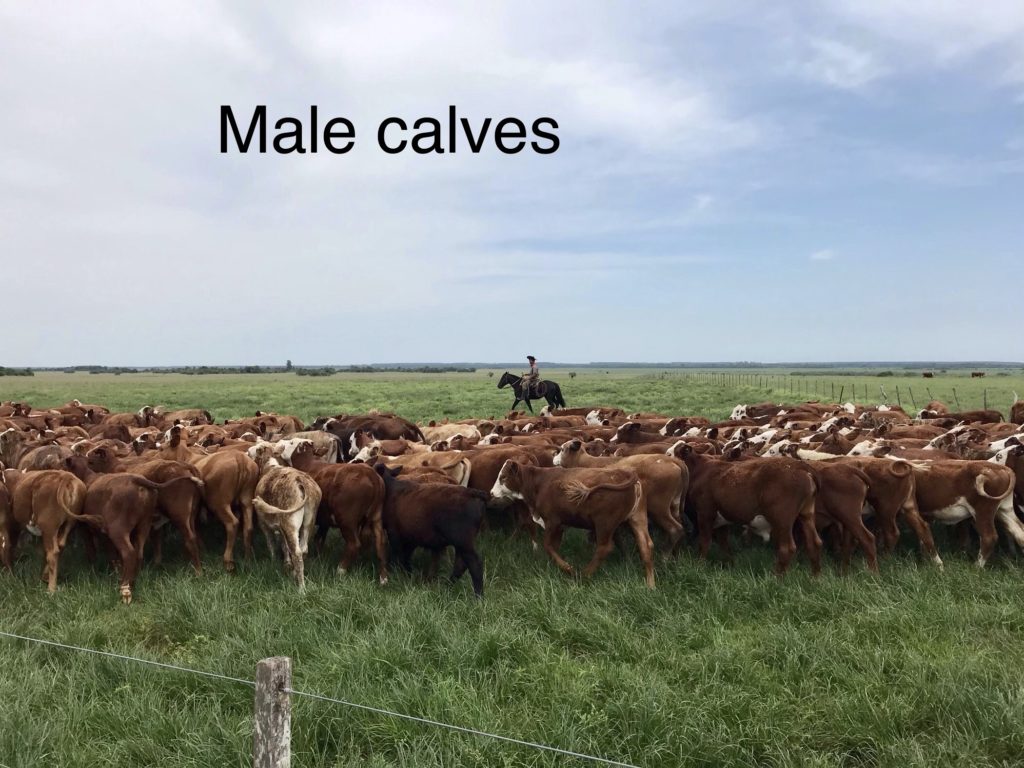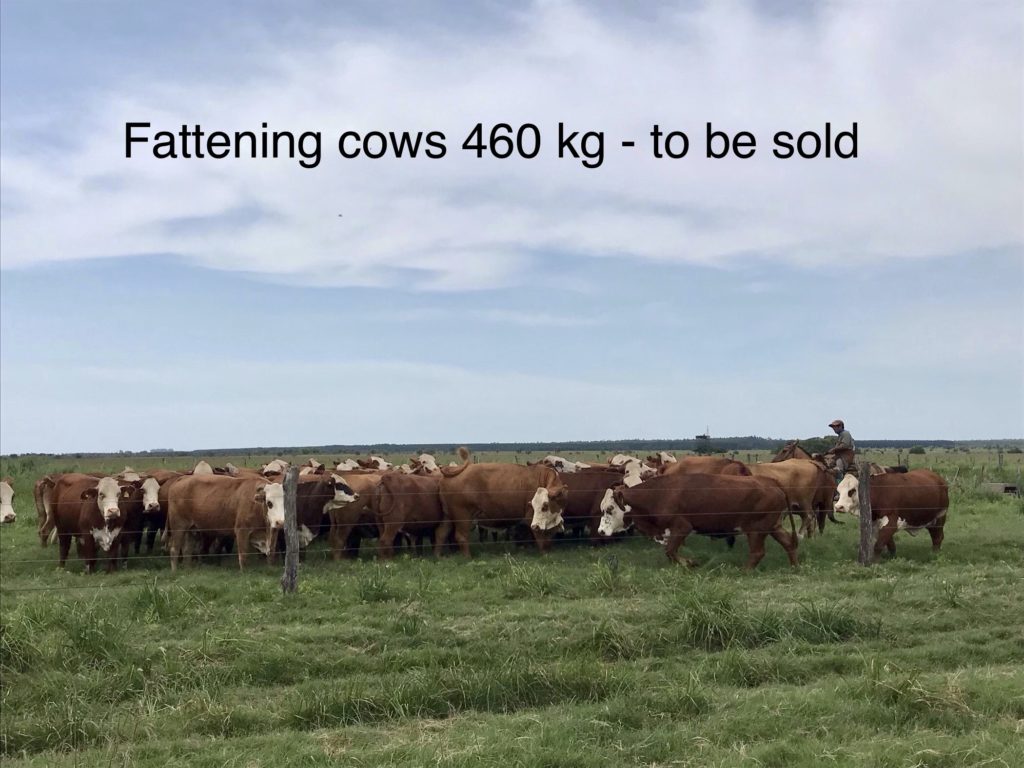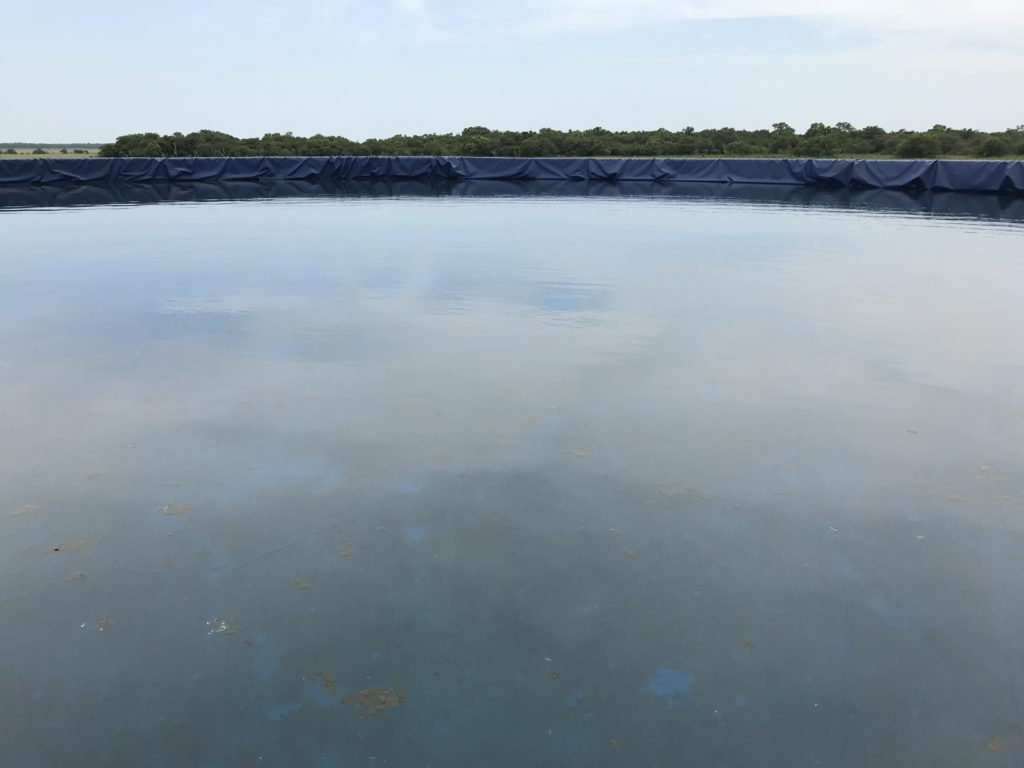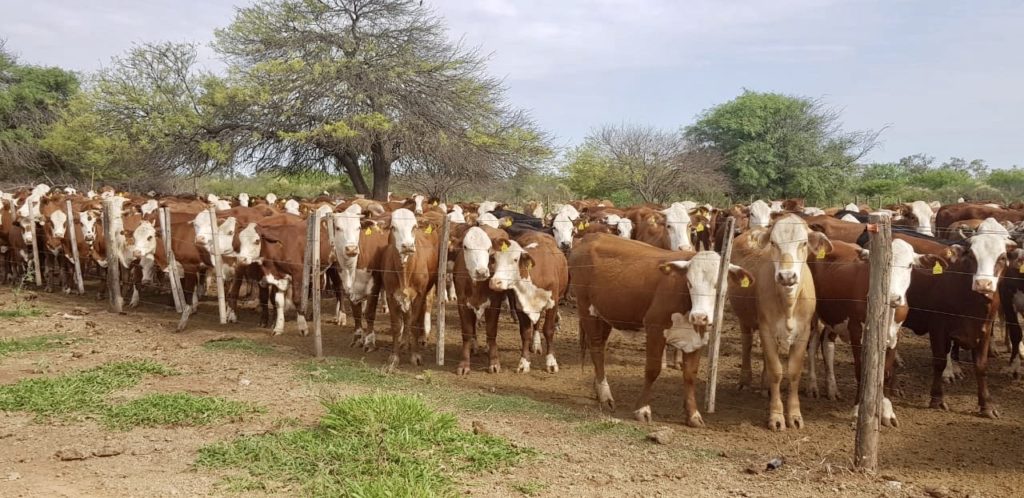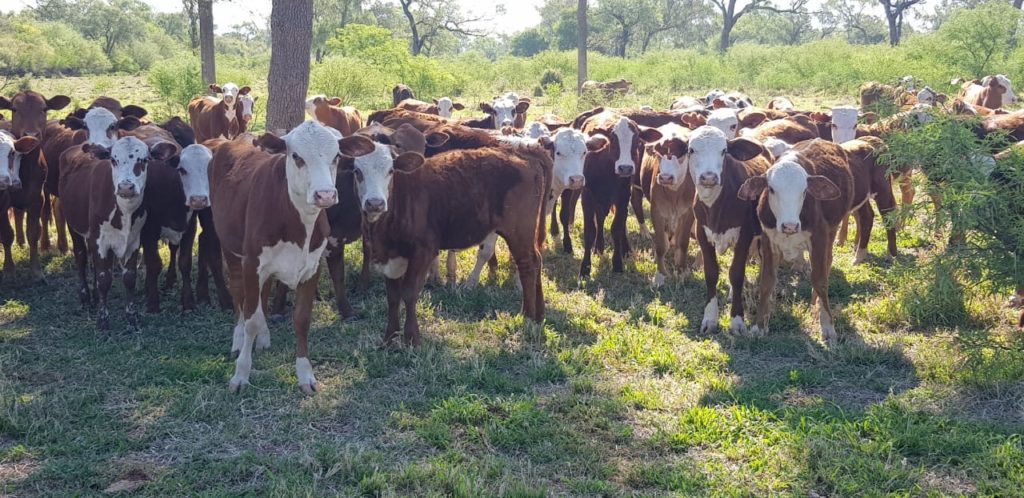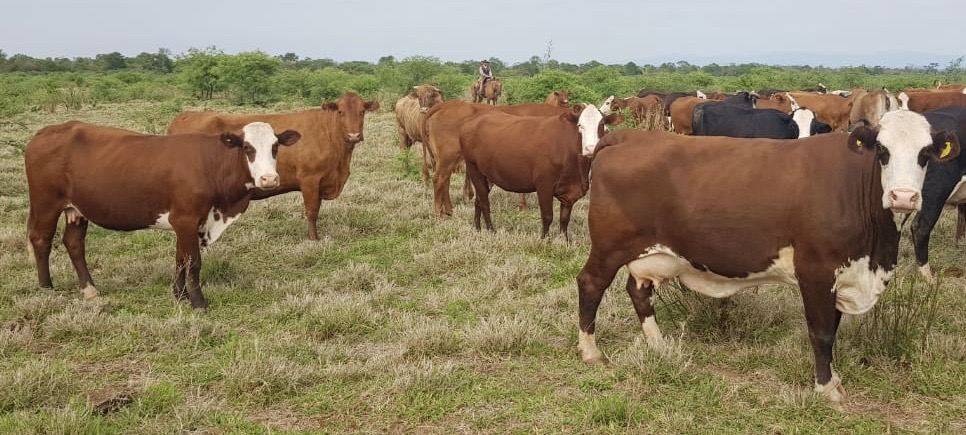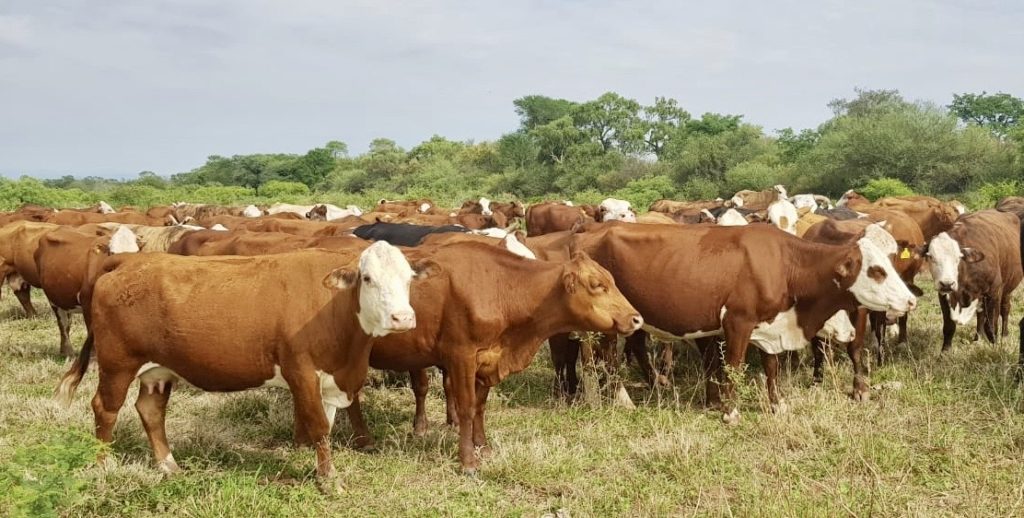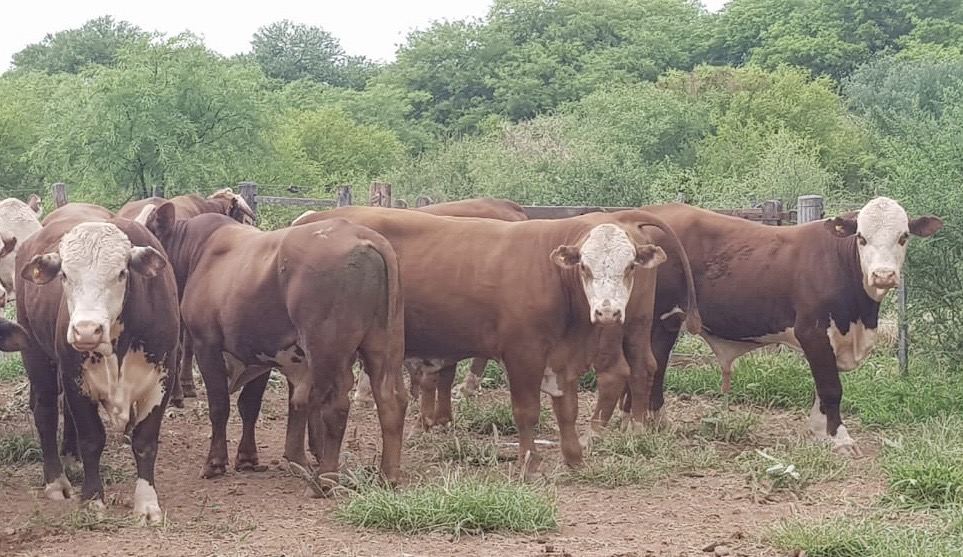Over 10,000 cases of contamination have now been declared in Latam countries (Argentina has registered around 1,000 cases while Paraguay 100, but cases are significantly increasing day by day).
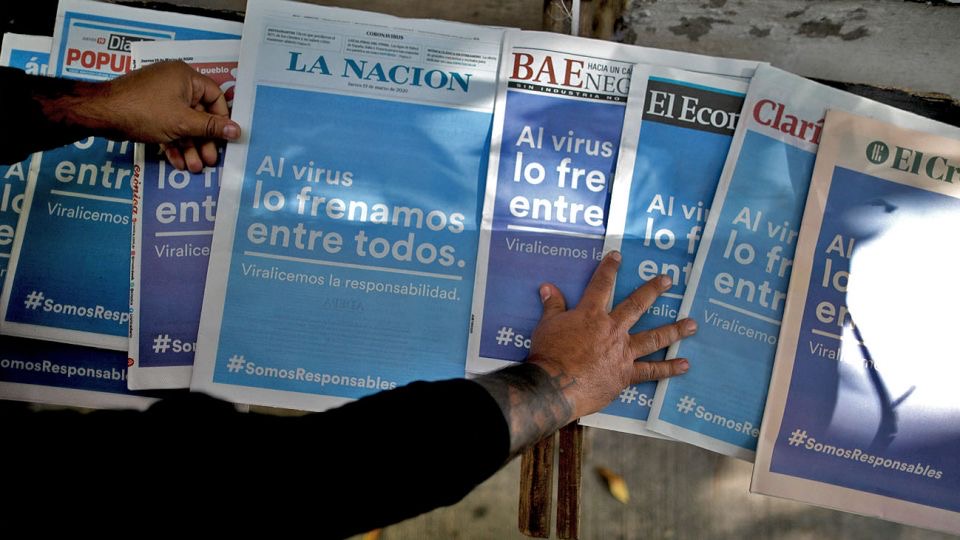
Like other countries in the world, the countries in which we operate, have temporally closed their borders in response to growing concerns over the spread of COVID-19. Borders have been closed to all non nationals or non-resident foreign nationals. Flights have been suspended, all inbound and outbound commercial as well as private flights. However, no restrictions have been applied to cargo service aircraft and aircraft that provide medical, emergency services, and foreign nationals who are repatriating. People entering from abroad will be subject to self-quarantine for 14 days. Authorities have also introduced general preventative isolation. During this time, people must remain in their place of residence, and may only leave for essential travel such as stocking up on food, medicines, and cleaning supplies.All those measures are in place and may be extended and reinforced as needed by local authorities.

For us, farming activities are not subject to restrictions for now and we continue to operate normally our cattle farms and forestry in Argentina as well as our rice production in Paraguay. We are part of the food chain. As for our central administration performed in Buenos Aires, we have closed our office on March 17 and all staff is now working from home. Daily tasks are performed normally.
Our priority is to provide secured work conditions to all our staff and to ensure business continuity as much as possible. The situation is involving daily, and we are trying to be pragmatic as much as possible

